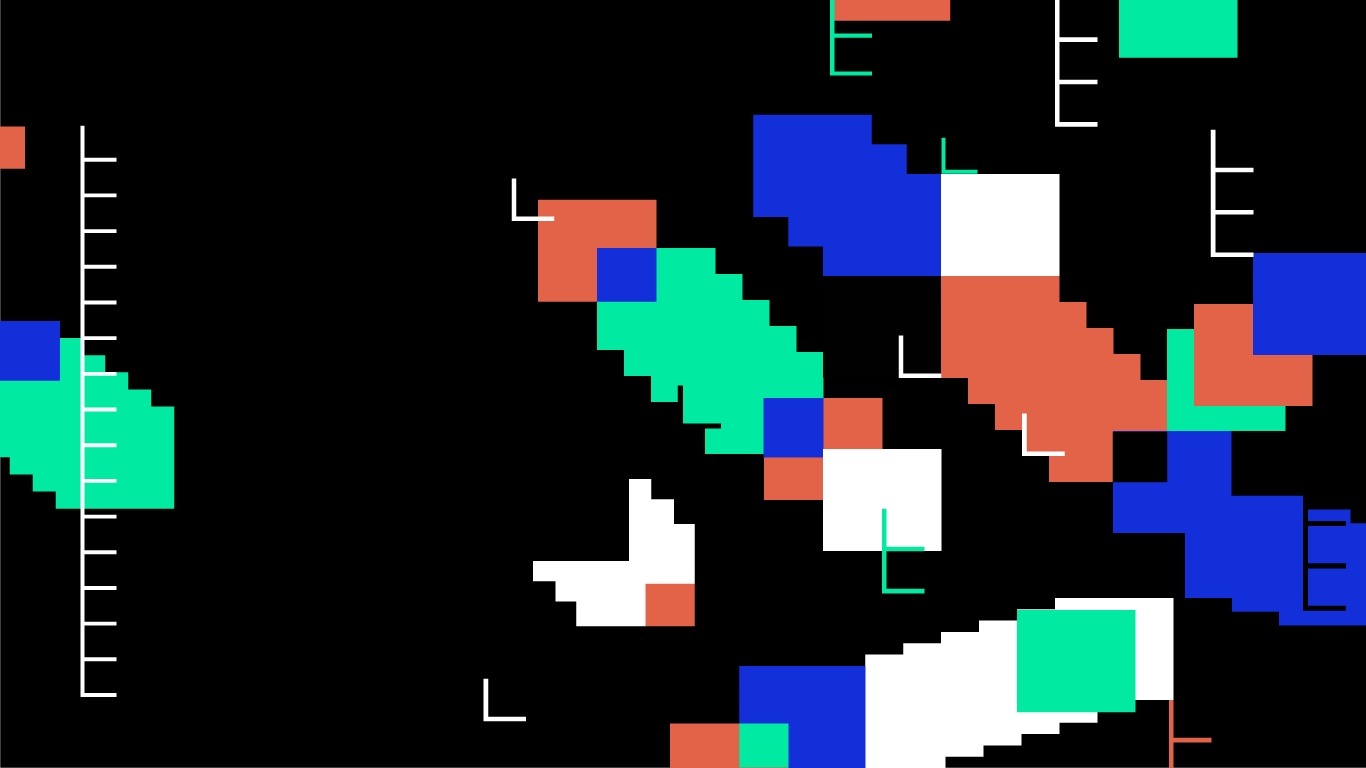Annalise Holcomb
Annalise Holcomb is an artist who was born a curious child. Inspired by the unanswerable questions in her childhood and TOK, she likes to experiment with new mediums, testing the limitations of materials and process in sculpture form; in hopes that interaction with a physical manifestation of this struggle for knowledge will prompt dialogue among others.
Calcified //
Calcified // (Detail)
Spoilage //
Innocence //
Fermentation //
Shatter //
Hold //
Hold //
Touch //
Cracked //
Marked //
Grip //
Carry //
About the Exhibition
This exhibition explores the relationship between preservation and knowledge, specifically the consequences of preserving a child’s innocence. The inspiration for this topic is my own experience as an inquisitive child, as well as watching my younger brother growing to ask similar questions. Often children do not understand social boundaries of what is deemed ‘appropriate’ to ask or not, which leads to confusing reactions on the part of the adults as they may be ashamed, confused, frustrated, embarrassed or even angry. These interactions are the basis for the exhibition as it explores the way that knowledge is preserved, interacted with, stored, held, and regarded as a reflection of how and when knowledge is transferred to a younger generation.
The preliminary thoughts of preservation led me to use a common vessel in western society, a glass jar, to symbolize the act of preservation and containment. Materials were essential in developing these works, as it became apparent that I was drawn towards natural and organic materials; as there is a link between the natural intuitive curiosity of children and organic material. Combining organic and inorganic materials in each piece emphasizes the unnatural growth that occurs when curiosity is stifled or ignored.
The consequences of stifling knowledge are portrayed in “Spoilage” which focuses on the contents of the jars that have been stored for too long, leading the contents to spill out. The destruction of the vessel’s initial state is an indication of the impact or sentiments as a consequence of retained knowledge; as this might be considered to be ‘overprotective’ or even allowing a child to witness something, like violence, that could be traumatizing.
Similarly, pieces like “Cracked” and “Shatter” are focused more on the impact of the damaged vessel rather than the contents. The main focus of these pieces was the meticulous process by which they were broken and reassembled; meant as a reflection piece for both the artist and audience about the value of time and containment. If glass has been broken, can it ever be repaired to its original state? Will the contents be forever lost? These questions reflect back to the struggle of knowing how and when to answer a child’s quandaries.
The relationship of object and interaction became another parallel to how we chose to deal with difficult questions. Senga Nengudi (a performance artist who explores the relationship of object and motion), inspired the series “Carry”. This became relevant when I realized the transformed jars had created a barrier between audience and object, by which I resolved to create a literal link of interaction through “Grip” by visually expressing the various interactions with the jars.
In preparation for the final exhibition, it became clear that this art was not meant to be the focal point of the exhibition, but rather a catalyst for discussion in a performative piece in the midst of a curated environment. Two participants at a time would be able to sit at the table and interact with the exhibit as a performative piece. While sitting at the table, the shelves of jars are in the background. They are the subconscious retained struggle of conflicts between child and parent. The same subconscious interaction is used in Damien Hirst’s displays of his Medicine Cabinet series, which is more reflective of the viewer than the art itself.
To bystanders watching straight on, the main focus is on the back wall - which exhibits “Carry” and “Touch” framed in black and white like family portraits (Which was influenced by Florence Henri’s meticulous control of lighting and composition, reflecting the same control as family photos); and reflects the set up of a dining room. The dining room is also a public gathering place in the house, where open conversation and guests can be seen. Whereas sitting in the chairs, the background and close proximity of the other person and art works reflects that of a crowded pantry or cellar. Therefore, the experiential piece of the exhibit is to live in between the known (dining room conversation) and unknown (preserved conversation) and bring to the surface some of the questions that may have been suppressed as a child.




































